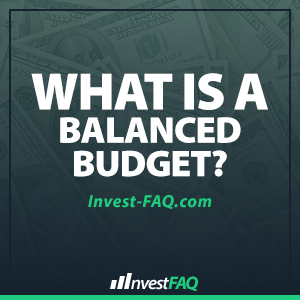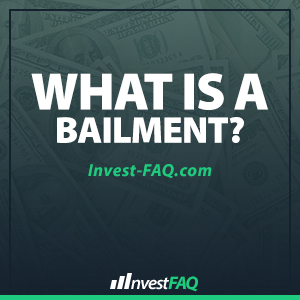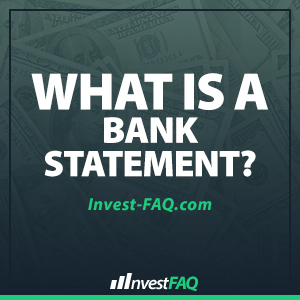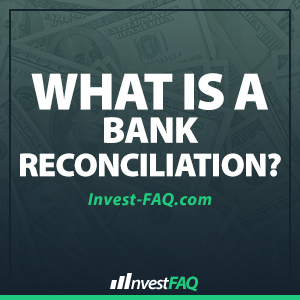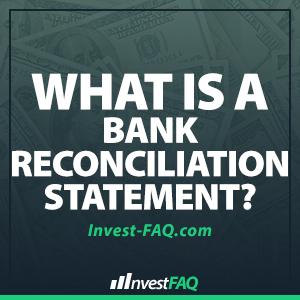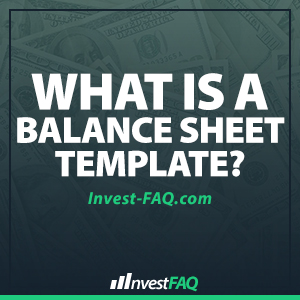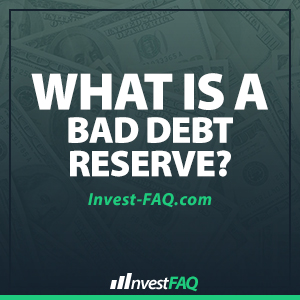Balanced Budget A balanced budget occurs when the revenues and expenditures of an entity, such as a government, organization, or individual, are equal within a specific accounting period. This financial strategy ensures that the total amount of money coming in matches or exceeds the amount being spent, preventing deficit spending. In the business context, maintaining
Category: Glossary
What Is a Bailment?
Bailment A bailment is a legal relationship that arises when one party, the bailor, temporarily transfers physical possession of a personal property to another party, the bailee, under the agreement that the property will be returned to the bailor or otherwise disposed of according to the bailor’s directions. Importantly, while possession is transferred, ownership of
What Is a Bank Statement?
Bank Statement A bank statement is a document issued by a bank that summarizes a customer’s financial transactions and the balance in their account over a specific period, typically monthly. It provides a detailed record of deposits, withdrawals, fees, and interest earned, serving as a crucial tool for account management and reconciliation. For businesses, bank
What Is a Bank Service Charge Expense?
Bank Service Charge Expense A bank service charge expense is a fee charged by banks to their customers for account maintenance, transaction processing, and other banking services. This expense is recorded by businesses as an operational cost, reflecting the cost of utilizing banking services necessary for financial transactions and cash management. In the realm of
What Is a Bank Reconciliation?
Bank Reconciliation A bank reconciliation is an accounting process that compares a company’s recorded financial transactions in its ledger to the transactions listed on the bank statement, with the goal of ensuring that the figures in both records are consistent and accurate. This critical procedure helps identify discrepancies such as unrecorded transactions, bank errors, or
What Is a Bank Transfer Schedule?
Bank Transfer Schedule A bank transfer schedule is a planned timetable that outlines the dates and amounts for transferring funds between bank accounts, either within the same financial institution or across different banks. It serves as a systematic plan for managing cash flow, ensuring timely payments and efficient allocation of resources. In the business context,
What Is a Bank Reconciliation Statement?
Bank Reconciliation Statement A bank reconciliation statement is a document that matches the cash balance on a company’s books to the corresponding amount in its bank account, reconciling any differences to ensure that the figures are accurate and aligned. This statement is crucial for identifying discrepancies such as outstanding checks, deposits in transit, bank fees,
What Is a Balance Sheet?
Balance Sheet A balance sheet is a financial statement that provides a snapshot of a company’s financial position at a specific point in time, showcasing its assets, liabilities, and shareholders’ equity. It reflects the fundamental accounting equation: Assets = Liabilities + Shareholders’ Equity, offering insights into what the company owns, owes, and the amount invested
What Is a Balance Sheet Template?
Balance Sheet Template A balance sheet template is a standardized document or software format used to compile and present a company’s financial position at a specific point in time. It outlines the structure for reporting assets, liabilities, and shareholders’ equity, ensuring consistency and completeness in financial reporting. In business, balance sheet templates serve as vital
What Is a Bad Debt Reserve?
Bad Debt Reserve A bad debt reserve, also known as an allowance for doubtful accounts, is an accounting provision made by businesses to account for the portion of accounts receivable that may not be collectible. This reserve is an estimate of the invoices that are unlikely to be paid by customers, reflecting a company’s realistic

